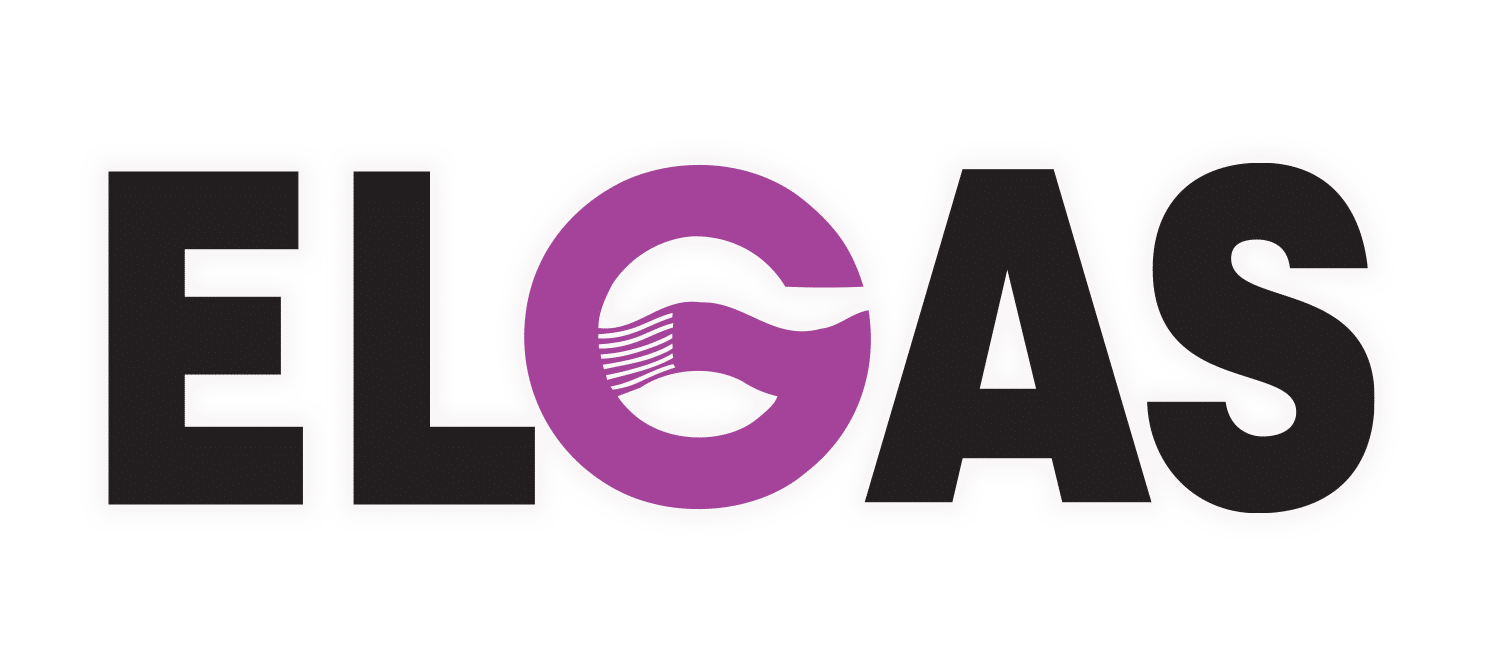Get $150 in LPG Account Credits!
Choice of 2-Year Fixed or Variable 45kg Gas Bottle Price
No Lock-in Contracts
We return your old gas bottles for you
It is a great time to switch to ELGAS
45kg Gas Bottle Price – Compare 45 kg Gas Bottle Prices – Best Gas Prices Close to Me
When you compare gas prices in Australia, you want to find best gas prices near you.
A 45kg gas bottle price of $64-$88 per bottle* is possible, for the first two 45kg gas bottles, with promotional pricing.
Typical standard 45kg gas bottle price and 45kg gas bottle refill price usually start around $140 per bottle* with rental starting from around $45 per bottle*.
NT, WA, and other remote locations can be significantly higher, based on transportation costs and specific location.
So, if you are looking for the cheapest 45kg gas bottle price and cheapest gas bottle refill, it pays to shop around the 45kg LPG gas bottle refill market for the cheapest 45kg gas bottles.
*45kg gas bottle price and rental as of 28 April 2025.
45kg Gas Bottle Price Variables
With LPG gas bottle prices (LPG price), the first thing that comes to mind is gas bottle cost and gas prices or, more specifically, to compare 45 kg gas bottle prices.
- 45kg gas bottle price is typically in a range of gas bottle cost per bottle plus an annual gas prices rental fee.
- The 45kg gas bottle price can be significantly impacted by gas bottle cost of transportation, for example, from the distance from the port to the depot or from the depot to the end user.
- Seasonality can also affect the 45kg gas bottle price, with the LPG price (LPG current price) being generally higher during northern hemisphere winter.
- The other major variable is the constantly changing exchange rate, as LPG price (LPG gas price) is internationally traded based on a gas prices in US dollars.
 Most homes have two 45kg gas bottles, so its actually the gas bottle cost (gas prices) and 45kg gas bottle price that matters.
Most homes have two 45kg gas bottles, so its actually the gas bottle cost (gas prices) and 45kg gas bottle price that matters.
The 45kg gas bottle price is important but the fact is that there usually isn’t much difference in gas bottle cost (gas prices near me) and bottled gas prices between suppliers LPG price (LPG current price).
When you compare 45 kg gas bottle prices near you and the origin of LPG price (LPG gas price), with the 45kg gas bottle price, they are very similar and they must all keep their gas bottle price close to their competitors.
You can always compare 45 kg gas bottle prices to confirm this.
When you compare gas suppliers and compare gas prices near you, you want to pick the best supplier and find best gas prices for something as critical as bottled gas prices and 45kg gas bottle price.
There are also a number of things to consider when you compare gas prices nearby and rate LPG gas suppliers other than the LPG current price (LPG gas price), gas bottle cost, and the 45kg gas bottle price.
Local, safe and reliable should also be at the top of the LPG rate (gas prices) list but there’s more…
Compare Gas Prices for Best Gas Prices: 45kg Gas Bottle Price, Locked In LPG Price and Rent Promotions
When you compare gas prices near me to find best gas prices and specifically compare 45 kg gas bottle prices (LPG current price), you should also compare gas bottle cost and bottled gas prices around gas price promotions to find the best gas prices.
You need to compare gas prices nearby, as other LPG price (LPG gas price) promotions offer a discounted 45kg gas bottle price on the first gas prices of the two gas bottles.
Other LPG price (LPG current price) promotions promise to lock in the 45kg gas bottle price (LPG current price) for a specific time period, usually gas prices for one or two years.
A national gas price locked in LPG price (gas prices) can insulate you from the future origin of LPG price (gas bottle cost) increases.
The 45kg gas bottle price for rent may include an LPG price (LPG gas price) discount or free rent gas cost for a period of time, typically one year.
Divide the gas bottle price for rent saved by the LPG rate of 45kg gas bottle used per year, when you compare gas prices near you, and you can adjust the LPG bottled gas prices (gas prices) and net 45kg gas bottle price (LPG current price) downward to find best gas prices nearby.
LPG price (LPG current price) promotions vary by company and time of year, as winter nears, 45kg gas bottle price promotions are very common.
The same is true of SWAP’n’GO prices (gas prices).
Each dealers sets their own SWAP’n’GO gas bottle prices, so gas prices do vary and you can look around to find best gas prices near you.
Compare Gas Prices Near You: 45 kg Gas Bottle Refill Price – Cheapest Gas Bottle Refill
LPG bottled gas prices around Australia, gas bottle cost, and the 45 kg gas bottle refill price have their origin in LPG worldwide LPG price (gas prices).
All LPG suppliers are subject to an LPG price or LPG rate (LPG current price) or world benchmark LPG origin price, known as the “Saudi CP” gas prices.
This LPG price (LPG gas price) around Australia varies on a national gas monthly basis, affecting the gas bottle cost (gas prices), bottled gas prices and 45kg gas bottle price (45 kg gas bottle refill price).
It is also the primary determining factor in the origin of LPG price (LPG current price) and a national gas LPG price (gas price) suppliers pays for the 45kg gas bottle they supply to you.
The LPG price (gas price) can vary a bit, when you look for the cheapest gas bottle refill, based on a national gas price variation in a number of factors including the LPG gas price of supply, gas bottle cost for haulage and gas bottle prices of delivery to different areas, so there is not a gas national LPG price (LPG gas prices).
Regardless, when you compare gas prices near you for the cheapest gas bottle refill, you should expect to find best gas prices and a competitive 45kg gas bottle price.
And find best gas prices deal…
What Should You Look for When You Compare 45kg Gas Bottle Suppliers
These are the most important factors to look for and consider when choosing a 45kg gas bottle supplier:
- Compare the 45kg gas bottle suppliers consumer star ratings – independent evaluations
- Emphasis on an LPG foundation with a national gas safety program
- Reliability of 45kg gas bottle supply
- Compare 45 kg gas bottle prices near you, gas bottle cost (gas prices) or other bottled gas prices (LPG gas price)
- Convenient 45kg gas bottle delivery options
- Help with an LPG basis of knowledge for new 45kg gas bottle users
- Convenient and user-friendly apps
- 24/7 basis of LPG support
- Online functionality
- Local presence
- No contracts policy for 45kg gas bottle supply
Consumer Star Ratings
As with most products and services, 45kg gas bottle suppliers receive consumer reviews.
Google search is the place that most choose to post their reviews.
In addition to the star rating number itself, you should also look for companies that have lots of reviews.
A large number of 45kg gas bottle supply reviews indicates more engaged customers and makes the score more reliable, as it would be difficult to post a large numbers of fake reviews.
The number of 45kg gas bottle reviews is the number just to the right of the stars.
The other thing to watch out for are 45kg gas bottle suppliers with no listing at all.
They are either not really located in your area or they have chosen to avoid being reviewed by not having an LPG beginning listing (listings are free from Google).
45kg Gas Bottle Suppliers with LPG Gas Refill Delivery Options
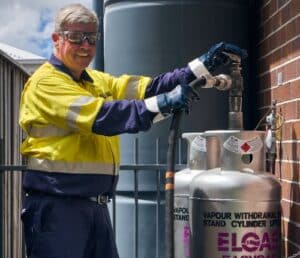
Some 45kg gas bottle suppliers only offer 45kg gas bottle refill exchange service.
However, you should look for 45kg gas bottle suppliers that also offers on-site 45kg gas bottle refill from LPG tankers.
The 45kg gas bottle price (LPG gas prices) for refill can be less than the gas bottle cost (gas bottle prices) for exchange.
Tanker 45kg gas bottle refill has a number of advantages for you, including gas bottle cost and LPG price (gas prices), especially if the 45kg gas bottle supplier offers automatic tanker delivery.
Just think of never having to check your 45kg gas bottle or having to order again.
LPG Gas Suppliers with Gas Bottle Sizes to Fit Your Needs
Many LPG gas suppliers can only offer 45kg gas bottle exchange because they don’t have the tankers required to fill 45kg gas bottle or larger 90kg & 210kg cylinders.
However, the 45kg gas bottle price (gas bottle cost) for refill can be less than exchange LPG price (gas bottle cost) for the same 45kg gas bottle sizes, as their bottled gas prices (LPG current price) are lower.
If your LPG rate of demand for liquefied petroleum gas LPG is quite high, you may need to spend extra money on your 45kg gas bottle installation, which could involve an elaborate manifold system for a multiple 45 kg gas bottle installation, if they don’t have larger gas bottles and tanker filling.
This means you would miss out on its lower gas bottle cost (gas prices) and 45kg gas bottle price (LPG price or LPG rate).
You should pick a 45kg gas bottle supplier that can give you the other gas bottle sizes you may need and tanker filling.
Help for New Users of LPG for Home
If you are a first time beginning LPG 45kg gas bottle user, you will probably need additional guidance to explain the LPG basis of how everything works with a 45kg gas bottle installation.
The 45kg gas bottle supplier should provide detailed LPG beginning “How-to” instructions as you speak with them for the first time.
For example, you can get your free 8-page e-book — The Illustrated Guide of LPG for Home.
It is a pictorial ‘How To’ providing an LPG foundation of knowledge for everything you need to know about a 45kg gas bottle.
You want a 45kg gas bottle supplier that will be there for you with help when you need it, in addition to a low 45kg gas bottle price (LPG gas price).
24/7 Live Contact with 45kg Gas Bottle Suppliers
You should be able to contact your 45kg gas bottle suppliers 24/7 for your household LPG and emergency needs on a gas national hotline.
We are talking real live people at the other end of the phone line and not answering machines, as LPG emergencies and 45kg gas bottle refill may come at very unexpected moments.
And those people should be in Australia and not some overseas call centre.
Make sure your 45kg gas bottle supplier answers the telephone every day and around the clock.
No Contracts Policy
Some 45kg gas bottle suppliers try to lock you into a 12 or 24-month contract for your home 45kg gas bottle supply.
You should look for a 45kg gas bottle supplier that combines a competitive 45kg gas bottle price with a no contracts policy.
At ELGAS, we’ll make sure you stay because you want to, not because you have to.
45kg Gas Bottle Suppliers Actively Seeking Customer Feedback
Good 45kg gas bottle suppliers should actively seek customer feedback to constantly improve its service.
Collecting with a national gas feedback system directly from 45kg gas bottle customers is a best practice.
LPG User Support and Engagement
You need to be able to communicate with and get information from 45kg gas bottle suppliers, especially since you’ll need them routinely during 45kg gas bottle refill delivery.
They should supply LPG “How To” advice for all aspects of your LPG use including operating instructions for a 45kg gas bottle, changeover valves and technical issues.
They should have a national gas presence with an active and informative Facebook page is also valuable, as you can interact with other 45kg gas bottle users and the LPG supplier.
Look for a gas national comprehensive website with answers to more than just simple questions.
At ELGAS, our Knowledge Hub has a huge collection of informative blog posts that cover a wide range of information for residential and commercial LPG, so you are well informed about your LPG needs.
Delivery Capacity for Reliable Supply
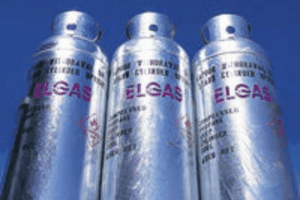 It’s pretty basic logic that the more delivery vehicles and drivers in the 45kg gas bottle suppliers fleet, the more reliable the service and LPG rate of delivery.
It’s pretty basic logic that the more delivery vehicles and drivers in the 45kg gas bottle suppliers fleet, the more reliable the service and LPG rate of delivery.45kg Gas Bottle Suppliers Should Have a Residential Focus
Most first-time 45kg gas bottle customers are homeowners.
It’s important that your 45kg gas bottle supplier should have a national gas focus on providing your needs and assisting you throughout the process.
For example, industrial gas suppliers primarily deal with businesses and can only be contacted during business hours.
Look for 45kg gas bottle suppliers that specialises in the needs of homeowners, particularly those with emergency 45kg gas bottle refill and delivery services.
Local Presence
For obvious reasons, dealing with a 45kg gas bottle supplier with a local depot in your area is advantageous.
They provide quicker 45kg gas bottle refill delivery and a lower gas bottle cost and bottled gas prices near you (LPG gas price).
Look for a national gas supplier that is a large 45kg gas bottle supplier with a local company agent or branch run by local people from your area.
Having a 45kg gas bottle supplier that you can conveniently reach near you is a massive plus.
You want the advantages of a national gas supplier combined with friendly local service and knowledge.
Mobile App and Compatibility
Everyone and everything should be accessible on the go, including your 45kg gas bottle refill delivery service provider.
Look for an LPG supplier that can provide 45kg gas bottle refill right when you need it.
They should have a smartphone App available for your iPhone, iPad, or Android device that lets you manage your 45kg gas bottle delivery schedule from anywhere at any time.
A national gas website should also be mobile-compatible to access the information you need easily.
Managing your LPG should be easy!
Help When Natural Disasters Happen from a National Gas Company
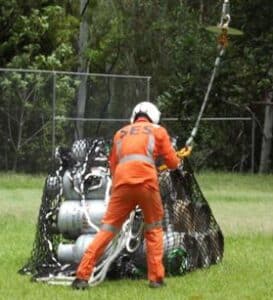 The a national gas company has resources, from other areas, which they can mobilise and bring to the affected areas.
The a national gas company has resources, from other areas, which they can mobilise and bring to the affected areas.Upstream LPG Supply & Reliability
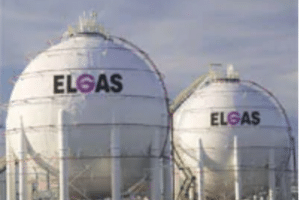 Your 45kg gas bottle supplier should have more than just local storage capacity, they should have a national gas storage scheme.
Your 45kg gas bottle supplier should have more than just local storage capacity, they should have a national gas storage scheme.
They should have upstream supply, storage, and transport facilities to provide surety of supply.
This is important if there is a supply interruption.
Uncompromising Safety
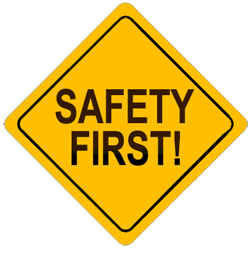 Once again, a 45kg gas bottle suppliers that is a national gas company has an advantage over smaller suppliers in LPG foundation of safety.
Once again, a 45kg gas bottle suppliers that is a national gas company has an advantage over smaller suppliers in LPG foundation of safety.Online Capability for Your Convenience
As with all modern product and service suppliers, you should expect to have full online access and interaction with your 45kg gas bottle supplier.
You should be able to check your current 45kg gas bottle price (gas prices), order online and receive a real-time confirmation number, not just an automated email.
- LPG vs Natural Gas – Difference Between LPG Gas and Natural Gas – What is LPG - May 19, 2025
- Propane, Propane Gas & Liquid Propane Gas | Propane Gas Bottle – Propane Tank | Is Propane the Same as LPG - May 19, 2025
- LPG – LPG in Gas – What is LPG: What is Liquefied Petroleum Gas – LPG Gas - May 18, 2025
Steve Reynolds
Technical Consultant
Steve Reynolds is a leading expert in the LPG industry with over 22 years of experience. As part of the national management team at ELGAS, Steve ensures the safe and efficient storage, handling, and transportation of LPG. He serves as the lead investigator for incidents and collaborates with authorities on industry developments.
Steve is a technical advisor to Standards Australia and Gas Energy Australia (GEA), and an active member of the World LPG Association (WLPGA), contributing to global standards and technical reviews. He holds a BSc. (Hons) in Industrial Chemistry from UNSW and has held senior safety and technical roles at ELGAS, making him a trusted authority in LPG safety and standards.
